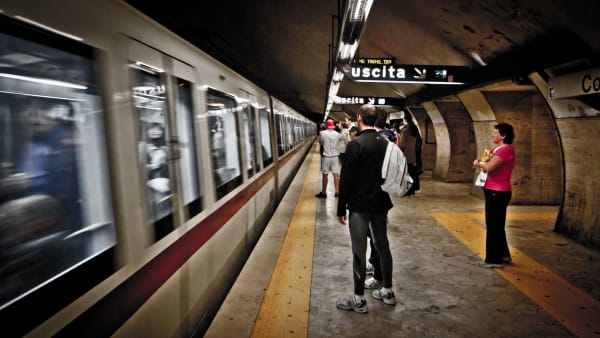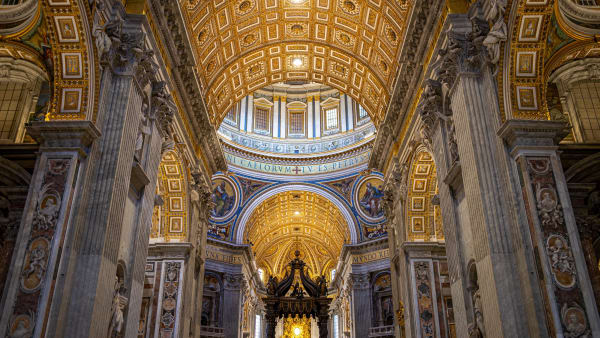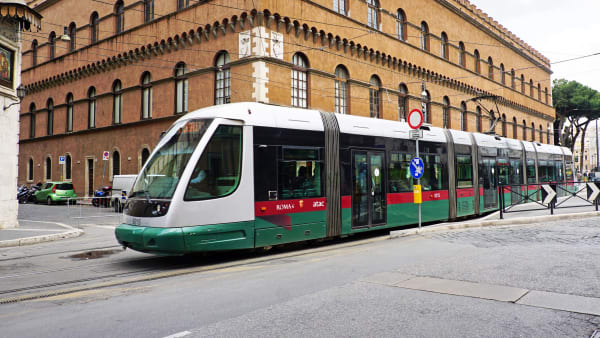Curiosities
Curiosities
One of the lesser-known facts about Rome’s Colosseum is that it had a so-called velarium. This was a huge sail that covered a significant portion of the upper part of the Coliseum. The retractable canopy rested on 240 masts above the amphitheater, while ropes anchored it to the ground. It served to protect the audience from the bright sun.
Keep reading to find out more curiosities!
Origin of the name
The original name “Flavian Amphitheater” has its origins in the time of the Flavian dynasty, which ruled the Roman Empire from 69 to 96 AD.
The name “Colosseum” originated from a gigantic bronze statue of Emperor Nero. It was later modified and dedicated to the sun god, and then was known as the “Colossus Solis”. It moved to the side of the amphitheater with the help of 24 elephants.
Over time, Romans simply referred to the amphitheater as the “Colosseum”, about the statue and large dimensions of the building.
It is believed that the statue may have been destroyed in 410 AD during the Visigoth sacking of Rome, by then no longer the imperial capitol. It is also likely that it collapsed during an earthquake in the 5th century and that the Romans used the bronze remains for other purposes.
The place where the famous statue was located can be easily recognized by the large pedestal that is currently located at the side of the Colosseum.
The amphitheater had many gates
The Colosseum had 80 entrances, making it possible for 50,000 spectators to leave the venue within 10 minutes.
The north and south gates were used by the emperor, civil authorities, and the Vestal Virgins (priestesses consecrated to the goddess Vesta).
Gladiators entered exclusively through the east gate and if they lost their lives during the combat, their bodies were taken out through the west gate (known as the “gate of death”).
The hypogeum wasn’t built until ten years later
The hypogeum is an elaborate complex of underground tunnels and rooms beneath the Colosseum’s arena. The beasts sacrificed in the arena, along with the gladiators who killed them and each other, were housed here in cages. Subterranean warehouses stored the accouterments for battles, scenery for performances, and arena maintenance items, and all were lifted into the arena by a sophisticated elevator system.
The substructure of the Colosseum was built approximately ten years after its inauguration because it had housed naval battles in which the theater was partially flooded. The wooden roof that covered the hypogeum no longer exists, so a detailed view of the tunnels (or what is left of them) can be seen from the spectator stands.
Gladiator fights were organized
Contrary to popular belief, gladiators did not die in all of their fights. Since they were slaves and had monetary value, they often survived the battle and recovered to fight again.
However, when someone with great economic power wanted to show generosity, he would organize numerous fights to the death, which were celebrated with great fervor by the Romans. The emperor had the last word and decided if the gladiator deserved mercy or death, according to the clamor of the spectators.
It is estimated that around half a million people and more than a million animals died in the Colosseum.
The different functions of the amphitheater
After the fall of the Roman Empire, the Colosseum was used in various and curious ways by the inhabitants of Rome. In the Middle Ages, the arena of the amphitheater was transformed into a cemetery, with the vaults under the stands serving as homes and workshops. During that time, even a small chapel was built inside the Colosseum.
Julius Caesar never visited it
Contrary to portrayals in the Asterix and Obelix comics, the famous emperor Julius Caesar was never in the Colosseum. He was assassinated 125 years before the amphitheater opened.
It became the quarry of Rome
Earthquakes and other natural phenomena have damaged the structure of the amphitheater over the centuries. However, the greatest damage was caused by the Romans themselves, who used limestone blocks and other materials from the Colosseum to build new buildings in Rome, including St. Peter’s Basilica.
The holes in the facade of the structure show where iron support rods held stones in place.















